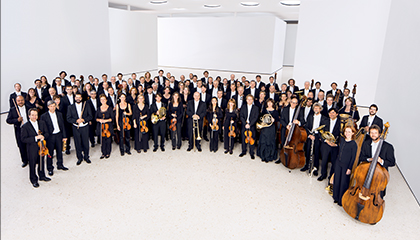Between the transcendent virtuosity of Rachmaninov's Concerto No. 3, a spectacular demonstration of compositional technique, and the orientalist enchantment of Rimsky-Korsakov's Scheherazade, two of the most popular works in the Russian pantheon share the bill for exceptional performers.
Reputed to be "the most difficult work in the repertoire" and premiered in 1909 in New York, Rachmaninov's Concerto No. 3 displays the verve and lyricism of a composer torn between his visceral attachment to his native country and his desire for American adventure. With its famous opening theme, which is said to have popular and liturgical origins, the work adopts a cyclical organisation throughout its three movements, alternating elegiac melodies with bursts of galvanising energy. Magnified in the film Shine (1996), it is full of "Hollywood" seduction and displays such virtuosity that Rachmaninov himself was said to be afraid to play it! In terms of charm, Rimsky-Korsakov's Scheherazade (1889) easily rivals it. Inspired by various tales from the Arabian Nights, this symphonic suite takes the orientalist vein also explored by Borodin and Balakirev to new heights of refinement. Sindbad's maritime adventures, warlike fanfares, the sensuality of nocturnal and perfumed gardens, fairy-like and swirling garlands, to the point of trance, of a mysterious Orient: these are all colourful images, unified by the volutes of the solo violin, which escape from Scheherazade's lips.
Types
- Music
- Music
- Classical music
- Concert

